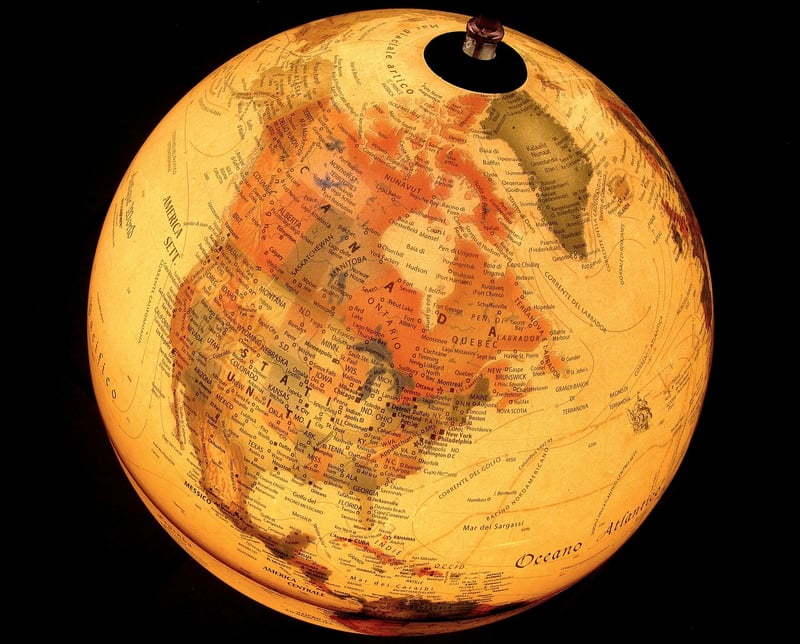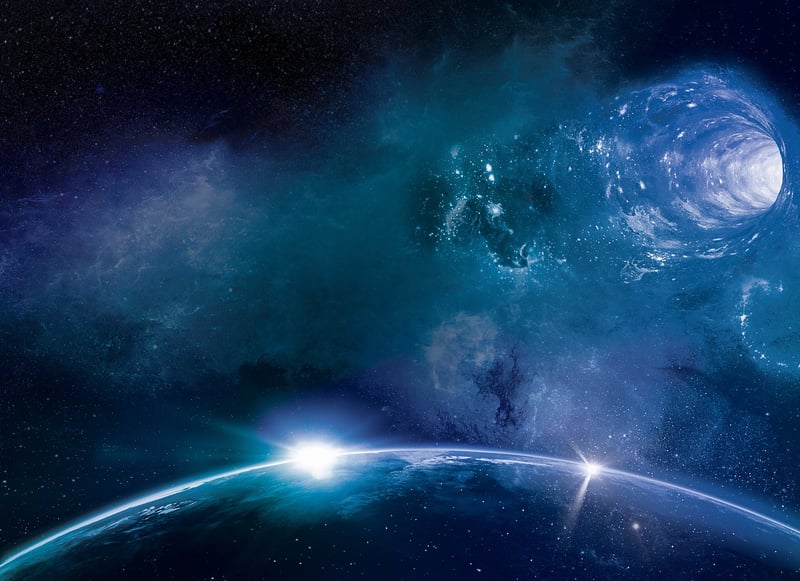Predestination Paradox
Dive into Time Twists + Predestination Paradox
Time travel has always been a captivating concept that sparks our imagination, leading us to ponder the complexities of temporal mechanics and paradoxes. One of the most intriguing aspects of time travel narratives is the predestination paradox, a mind-bending idea that challenges our understanding of causality and free will.
Understanding the Predestination Paradox
The predestination paradox, also known as a causal loop or bootstrap paradox, occurs when a time traveler unknowingly influences past events in a way that ensures their own future actions. In this scenario, events become trapped in a continuous loop with no discernible beginning or end, blurring the lines between cause and effect.
Imagine a time traveler who goes back in time to prevent a catastrophic event, only to discover that their actions actually caused the event in the first place. This self-referential loop raises profound questions about agency, determinism, and the nature of reality.
Examples in Popular Culture
The predestination paradox has been a recurring theme in numerous works of fiction, including movies, TV shows, and books. One iconic example is the movie "Looper," where characters grapple with the consequences of altering the past and the impact on their future selves.
Another well-known example is the TV series "Dark," which delves deep into the intricacies of time travel and its effects on a small town plagued by mysterious events spanning multiple generations.
Exploring the Time Twists
Time twists are narrative devices that add layers of complexity to stories involving time travel. They often involve unexpected plot developments, character revelations, and shifting timelines that keep audiences on the edge of their seats.
From sudden changes in the timeline to shocking revelations about characters' true identities, time twists inject an element of unpredictability and suspense into time travel narratives, challenging viewers to think critically about the implications of altering the past.
Conclusion
Time twists and the predestination paradox offer a fascinating glimpse into the intricate web of possibilities that arise when we dare to tamper with the fabric of time. As we continue to explore the boundless realms of temporal storytelling, we are reminded of the timeless allure and mystery of time travel, inviting us to question our perceptions of reality and the nature of our existence.


